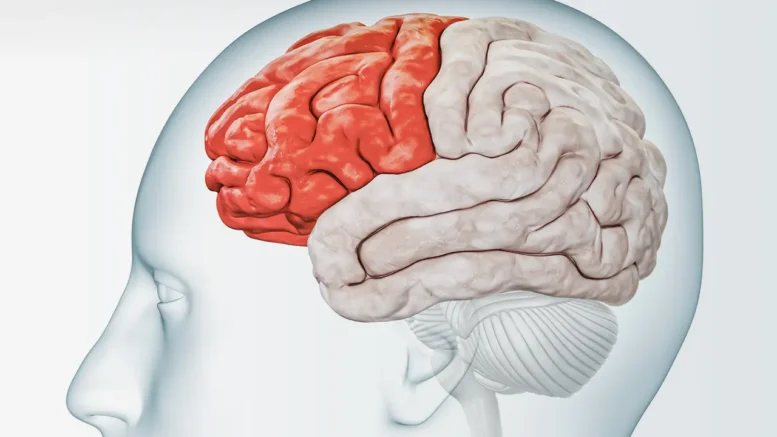A groundbreaking study has provided fresh insights into Alzheimer’s disease by analyzing a comprehensive cell atlas of the aged prefrontal cortex from 1.65 million cells sampled from 437 older individuals. Using advanced cellular technology, scientists identified early changes in brain cells that distinguish Alzheimer’s progression from normal aging. This approach revealed specific cellular pathways disrupted in Alzheimer’s, opening up new avenues for early intervention.
By mapping out detailed molecular changes, researchers aim to identify which brain cells are most vulnerable, potentially offering new therapeutic targets to halt or slow the disease. The findings mark a major step toward better understanding Alzheimer’s at its earliest stages.
Advanced Technology for Precision
In this study, single-nucleus RNA-sequencing profiles were used to pinpoint the molecular differences between healthy aging and Alzheimer’s progression. The researchers employed advanced single-cell analysis to closely examine the activity of genes in individual brain cells, including neuron cells and various types of glial cells, offering unprecedented detail. An important finding was the role of astrocytes in Alzheimer’s pathology due to the accumulation of tau protein.
Potential for Early Intervention
One of the most promising aspects of this research is the potential to intervene earlier in the disease process. The researchers were able to acquire samples from brains of people of different ages, in different stages of pathology, which allowed them to increasingly differentiate between the pathology that characterizes Alzheimer’s Disease and the deterioration of the central nervous system which is normally observed during aging but is not directly associated with Alzheimer’s.
By identifying cellular and molecular changes before symptoms appear or become severe, scientists hope to develop treatments that target Alzheimer’s at its root, before irreversible damage is done. Early detection of cellular alterations means that therapeutic strategies could be more effective in slowing or even preventing the disease.
Location: Columbia University Department of Neurology, NY, NY, USA.
Cohort: 437, human (H. sapiens)
ICD-10: G30 Alzheimer’s Disease
Reference: Reference: “Cellular communities reveal trajectories of brain ageing and Alzheimer’s disease” by Gilad Sahar Green, Masashi Fujita, Hyun-Sik Yang, Mariko Taga, Anael Cain, Cristin McCabe, Natacha Comandante-Lou, Charles C. White, Anna K. Schmidtner, Lu Zeng, Alina Sigalov, Yangling Wang, Aviv Regev, Hans-Ulrich Klein, Vilas Menon, David A. Bennett, Naomi Habib and Philip L. De Jager, 28 August 2024, Nature.
DOI: 10.1038/s41586-024-07871-6

